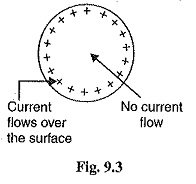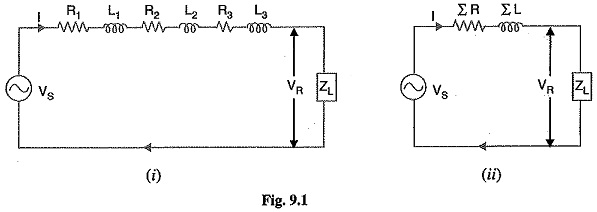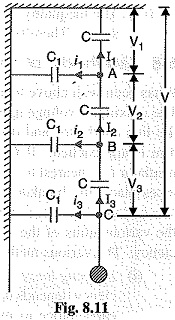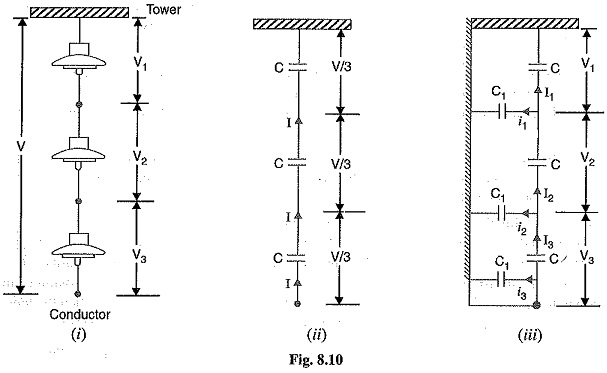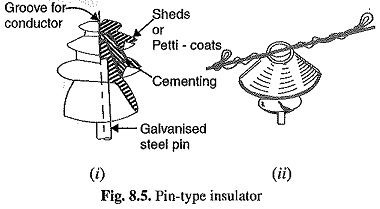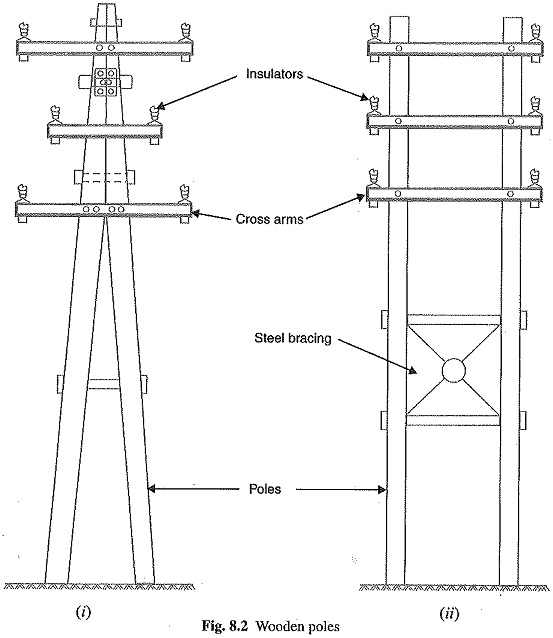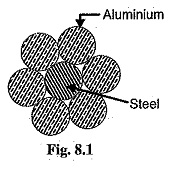Skin Effect in Transmission Lines
Skin Effect in Transmission Lines: Skin Effect in Transmission Lines - When a conductor is carrying steady direct current (d.c.), this current is uniformly distributed over the whole X-section of the conductor. However, an alternating…
